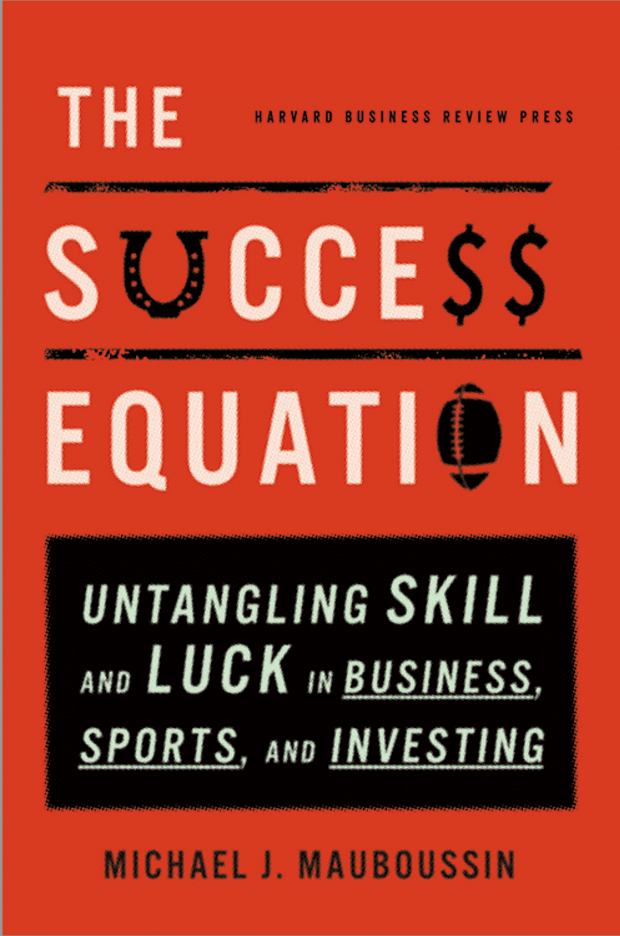2018 CBD Top 100 Countdown: 6. Nick Madrigal (Oregon State)
At number six on our Top 100 Countdown is possibly the most popular player in college baseball right now in Oregon State second baseball Nick Madrigal.
He represents everything that is great about the game of baseball. Madrigal is only 5-foot-8, 165 pounds and plays with as much passion as anyone in the game.
Perfect Game ranked him as the 109th best high school prospect before he was drafted by the Cleveland Indians in the 17th round of the 2015 MLB Draft.
He did not sign and went on to play in the West Coast League that summer before attending Oregon State. In the WCL he hit .303 in 178 at-bats with 35 runs scored, 9 doubles, 2 triples, 20 RBI, 40 stolen bases, 7 strikeouts, 9 walks and a .342 on-base-percentage.
I've been doing previews and player reviews all summer, I don't think I've seen anybody with single-digit strikeouts over that many at-bats.
As a freshman for the Beavers in 2016 he hit .333 in 195 at-bats with 38 runs scored, 11 doubles, 5 triples, 1 home run, 29 RBI, 8 stolen bases, 14 strikeouts, 15 walks and a .380 on-base-percentage.
Madrigal was named the Pac-12 Freshman of the Year, and he was a Freshman All-American in just about every publication. He was also named to the Pac-12 All-Defensive Team.
In 2017 he was even better hitting .380 in 237 at-bats with 53 runs scored, 20 doubles, 2 triples, 4 home runs, 40 RBI, 16 stolen bases, 16 strikeouts, 27 walks and a .449 on-base-percentage.
He was the Pac-12 Player of the Year and Pac-12 Defensive Player of the Year along with several other awards.
This past summer he played for the US Collegiate National Team.
The obvious comparison for Madrigal because of his size and position is Dustin Pedroia. The Boston Red Sox second baseman doesn't have quite as big of a leg kick as Madrigal, but that's about the only difference.
The increase in home runs for Madrigal in his sophomore season make you believe he's capable of hitting 10-plus at the next level.
This kid obviously has all of the tools to be a good hitter at the next level. He also posses enough speed to swipe 15-20 bags, and he's clearly one of the best defensive second baseman in college baseball.
As a college baseball fan, I can't wait to kick back and enjoy is final season at the collegiate level.



